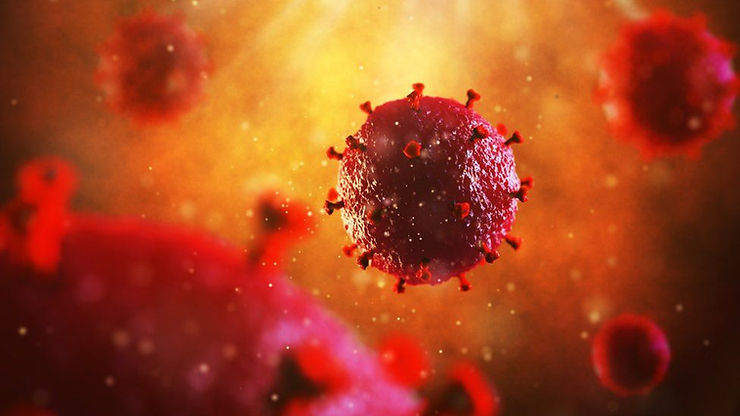By: Tianhao Chen
On Wednesday, July 27th, a medical team announced that a 66-year-old man was cured from HIV after being treated with a stem cell transplant.
The stem cells that were used contained the CCR5-delta 32 mutation, which closes receptors for the HIV virus to enter, preventing those with the mutation to be infected with the virus.
Doctors had diagnosed the patient with HIV back in 1988. In 2019, he was given the stem cell treatment. Following the transplant, it was reported that signs of the HIV virus was dwindling, putting him in remission. When talking about the results, he said that “I never thought I would live to see the day that I no longer have HIV.”
He is now the fifth person who has been cured of HIV after receiving this transplant. However, there are some side effects, as the stem cells are attacking his healthy cells, causing mouth ulcers to develop.
Currently, over 38 million people worldwide have HIV. Development for HIV treatment have progressed steadily, starting with the drug AZT in 1987. Later on, it was improved to reduce viral count. In 2012, PrEP was developed and used to protect healthy people from HIV.
The results from the stem cell transplant showed promise that people with HIV could be treated by editing their gene to have the CCR5-delta 32 mutation. In addition, there have been previous studies which show that gene editing has worked to treat HIV in monkeys and mice. Steven Deeks, a professor at University of California at San Francisco, is now looking into that form of treatment.
Currently, he and company Excision BioTherapeutics are developing a human trial for HIV treatment using gene editing. Through his work, he found that the difficulty of gene editing is not removing that receptor, but doing so safely. Deek said that “[t]hat’s the challenge — to do that effectively and safely, and that’s a whole can of worms.”
Eileen Scully, an associate professor of medicine at John Hopkins, talked about the advancements of HIV treatment and future for HIV patients. She said that “[t]he message to people living with HIV is that this is a signal of hope. It is feasible. It has been replicated again. It’s also a signal that the scientific community is really engaged with trying to solve this puzzle.”
Link to Article: https://www.washingtonpost.com/science/2022/07/27/hiv-remission-stem-cell-transplant-city-of-hope/











